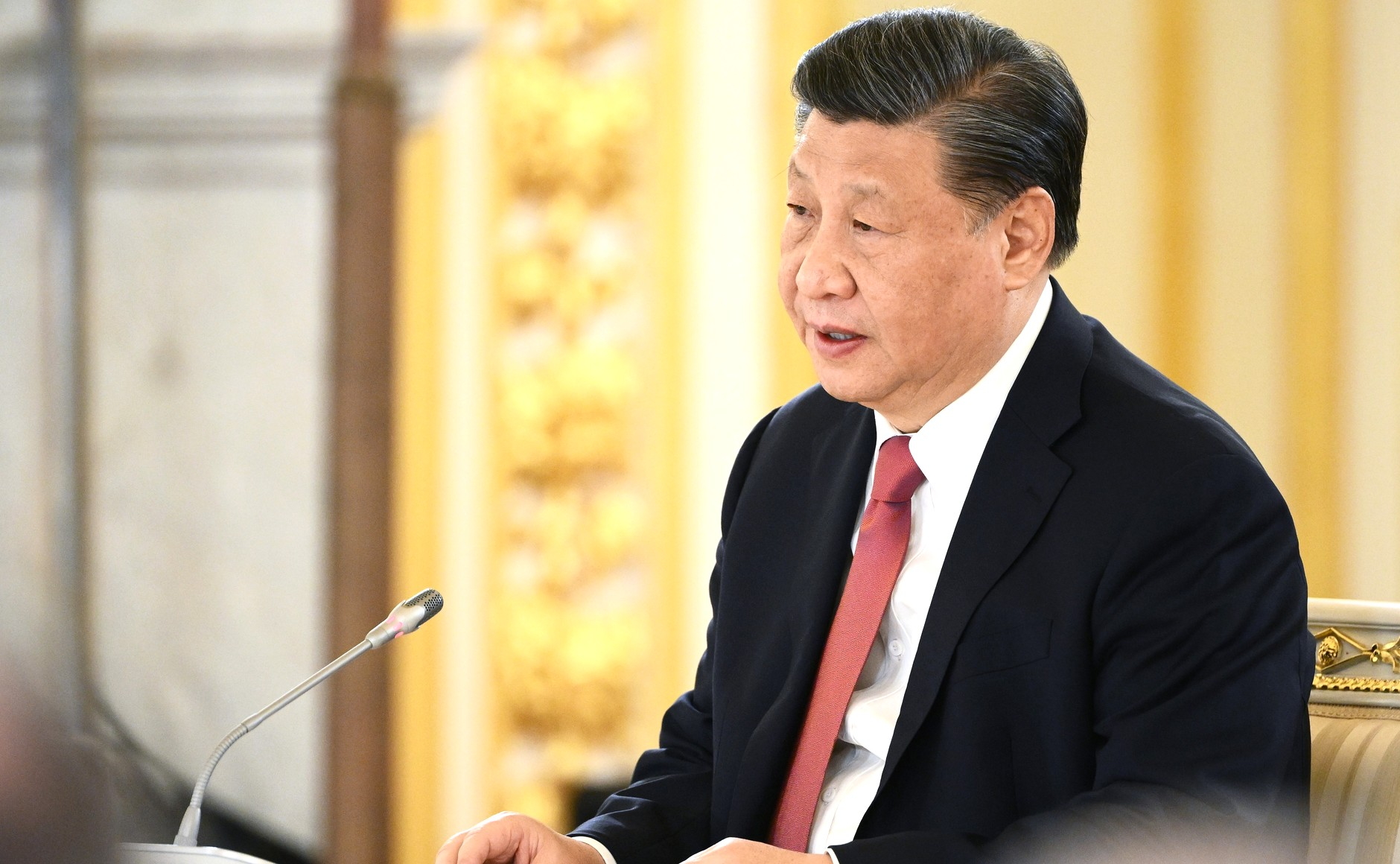I’ll explain the unknowns about China

Challenges and scenarios on China's economy. Analysis by Gerwin Bell, Lead Economist for Asia of the Global Macroeconomic Research team at PGIM Fixed Income
Chinese commentators are once again reversing course: the strong pessimism about China's economy that characterized the entire summer period is now giving way to a more favorable assessment and an increase in growth forecasts. This is perplexing from a fundamental, data-driven perspective. This is because nothing has changed, other than a rather belated realization by some that the Chinese data has actually held up quite well.
For example, did you know that:
- China's real retail sales (the best indicator of consumption) grew by more than 6% through August, while those of the United States – the supposed world champion of consumption – fell by almost 1.5%?
- Or what about investment, which in real terms increased by around 7% in August, despite the free fall in real estate investment, implying a staggering 11% real growth in non-real estate fixed investment.
- While these latest numbers are based on Chinese fixed investment data, which are notoriously difficult to verify, they are consistent with the boom in raw material import volumes: coal is up nearly 80%, oil more than 30% , liquefied petroleum gas by 28% and even minerals by 7%. These are significant numbers.
- For Australia, the value of exports to China in “recovered value terms” increased by 14%, while overall exports, excluding China, fell by 18% compared to the previous year.
THE MYSTERY OF CHINA
This data suggests that reaching the growth target of “around 5%” for the current year is imminent. Furthermore, Chinese demand for commodities has been an important factor behind the somewhat surprising resilience of many emerging countries in the face of sharp rate hikes from the Federal Reserve.
It's a bit of a mystery why this data is only now starting to be released. The most likely explanation is that groupthink about China and the desire to see immediate evidence of China's long-anticipated slowdown have led to significant blind spots – “unknown knowns” – that readers are urged to take into account.
Of course, this relatively more positive cyclical picture for 2023 by no means implies overcoming China's medium-term challenges. One key risk is being ignored at the moment: the fiscal cliff for Chinese local governments.
HOW LOCAL ADMINISTRATIONS ARE GOING
Local governments and related entities have been key in spurring investment, as foreign and private investors in general have adopted a more skeptical attitude towards China. At the same time, local governments' main source of revenue (land sales) is drying up due to the real estate crisis.
As a result, their already precarious financial situation has worsened further, as evidenced by reports from numerous suppliers and salary arrears. And if local governments are forced to drastically cut spending, the economic problems that markets were so concerned about over the summer could materialize before long.
Local governments need support, which would be best provided in the form of additional funding. This request has been a fundamental component of PGIM's long-held constructive vision of China for 2023. However, this "stimulus" will not serve to finance further investments and significantly accelerate growth. Rather, it will allow for ongoing spending and clearance of arrears.
A WHATEVER IT TAKES TO THE CHINESE?
The situation is similar to that of the 2012 euro area periphery crisis, where the European Central Bank's so-called “whatever it takes” policy avoided a worse fiscal cliff for peripheral countries but did not finance a real acceleration of growth.
The most immediate signal of China's uncertain medium- and long-term prospects came from the Bank for International Settlements, which reported that China's overall debt exceeded 300% of GDP at the end of the first quarter, doubling since 2009. quarter, a doubling compared to 2009. This demonstrates how dependent China has become on ever-increasing financial leverage. While we expect the real estate sector to have bottomed out by 2024, removing the persistent drag, we do not believe this will be a new driver of growth.
Therefore, the gap between growth aspirations and growth potential has widened further and is unlikely to narrow in the absence of 1999-style structural reforms that reduce the role of the state sector – an unlikely prospect under Xi Jinping's leadership . The most likely path is that of a continued structural slowdown that would prevent China from emerging from the middle-income trap and failing to transition to a high-income economy due to rising costs and declining competitiveness.
As for the rest of the world, including Australia, it is best to expect a further slowdown in China's contribution to global growth. This is, however, an ongoing structural movement rather than a sudden and sudden blow.
This is a machine translation from Italian language of a post published on Start Magazine at the URL https://www.startmag.it/economia/economia-cina-sfide-scenari-incognite/ on Sun, 01 Oct 2023 05:41:19 +0000.
